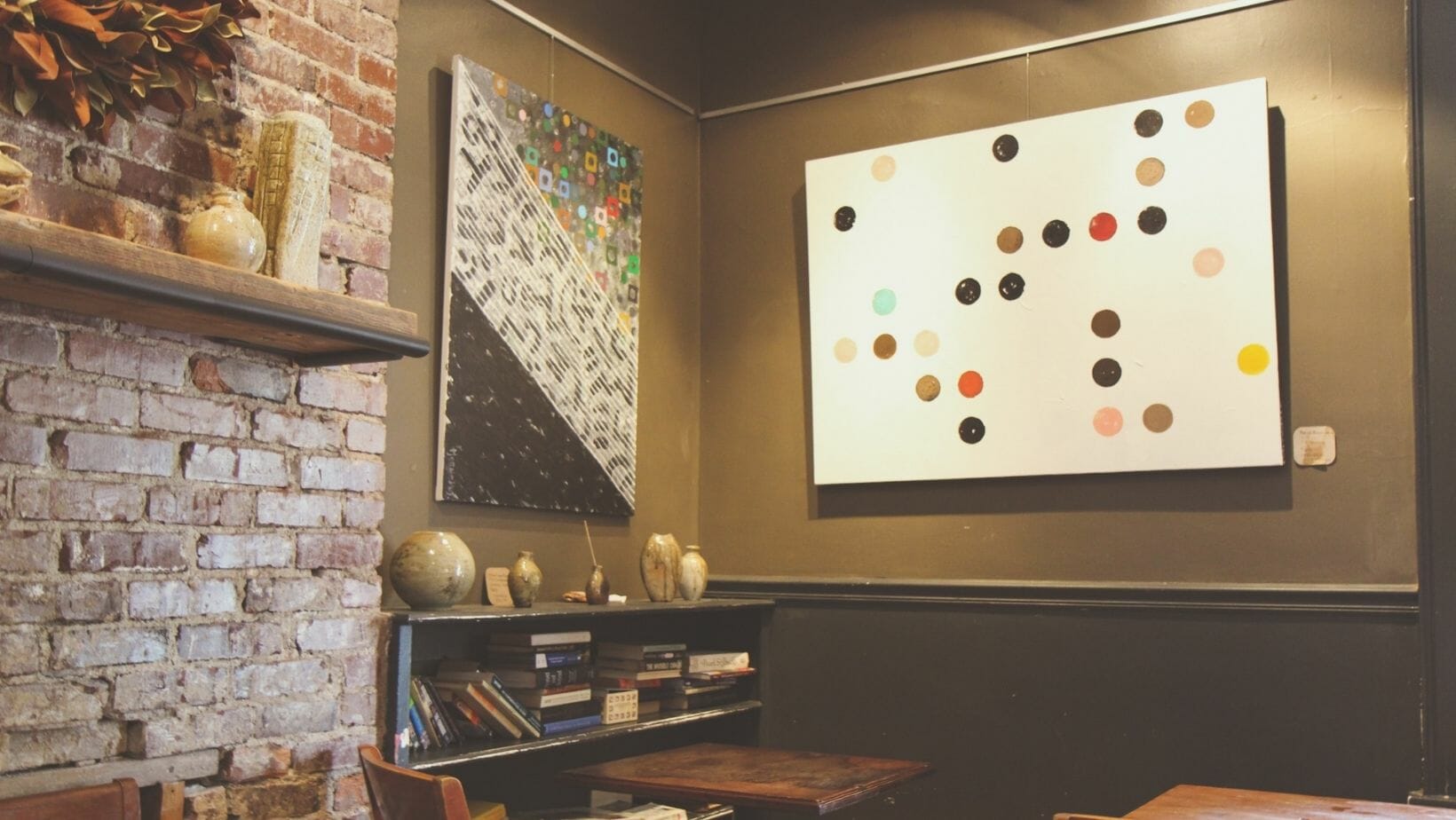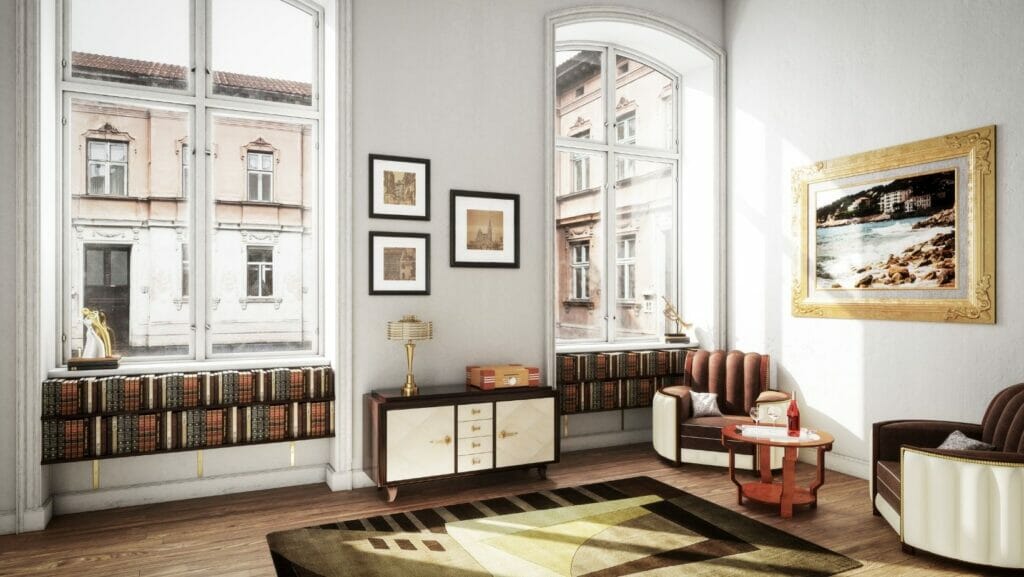
Art, as all art lovers know, is completely subjective. One person could look at Picasso and see only sharp edges and slashing pencil strokes; no real beauty. The same person could look at the work of any Renaissance artist and fall entirely in love. Perhaps Rothko looks like a child’s kindergarten painting to you, but Toulouse Lautrec’s work sings to your senses. The same can be said of any kind of art because the beauty of a piece of artwork truly lies in the eye of the beholder. When you visit art in the USA, it can be a little bit intimidating if you’re new to it or even if you don’t buy into the snobby hype of appreciating one kind of art over another. It can be even more intimidating trying to bring that art you love into your home and displaying it nicely. If you’re an art lover who doesn’t quite know their way around the art world or how to correctly display pieces that you love in your home, we’ve got the perfect thing for you; a list of ways to successfully implement art in your home design!
Play With Space
Don’t be afraid to get creative with the space that you have. Displaying a huge piece on a wall just big enough to fit it, with a little bit of space around the frame, can look quirky and cool and make a bold statement. If you have a smaller piece and a large wall space available, be bold and display the piece right in the middle of the open wall. This makes a very minimal statement where the opposite approach offers a far more maximalist result.
If you’re hanging art in a dining or sitting area, don’t feel that you have to display the art at standing level like everywhere else in your home. Use the space at the sitting level to display your art and turn it into a talking piece. Displaying art at the sitting level also adds a degree of intimacy to the space.
Use Surfaces
The walls aren’t the only great space to display your artwork! Showing a framed piece of art on a surface or even, if the piece is big enough and the space a minimal enough design, on the floor is a trend that we absolutely love. Create an exciting and aesthetically pleasing display on top of a bureau or bookcase by layering more than one piece of art or stacking the art next to a selection of related coffee table books or ornaments. Remember that adding too many pieces to a display like this will likely end up with the display looking like a dumping ground. Carefully curate the few pieces that you will display together.
Hang By Color and Shape to Create a Mood
Art can add or detract from the mood of a certain room. If the right piece is in the right spot, it will create harmony with the rest of the design elements, and the room will feel exciting, peaceful, happy, calm…whatever your goal is.
Stay away from bright colors and hard lines in a space where you want to be restful or peaceful. Go for earth tones, ocean tones, or even pastels at a push and opt for soft lines and brush strokes.
By contrast, in a playroom, for example, using bright colors and hard lines possibly incorporating strong shapes can add an element of movement and excitement to the space.
Think carefully about the shapes of the objects in the room where you plan to hang the artwork. For a seamless, flowing look, ensure that the colors and shapes line up with the other design elements in the room. For a more eclectic approach, you can contrast these slightly.
Don’t Forget the Bathroom and Kitchen
While hanging art in a bathroom where things constantly get steamy may seem illogical, you can opt for minimal plastic framing and hanging items near an open window to add to a curated look in your bathroom. Hanging art in your kitchen isn’t as foreign a concept as most people think, but is still often a space neglected when the layout of the art in the house is planned. A piece of well-chosen art can enhance any space in your home, so don’t be afraid to try things that other people haven’t.
Wrap Up
Since art is completely subjective, you can choose absolutely anything that you like and hang it absolutely anywhere that you choose. Even if what you go for is unconventional, it’s worth it if it makes the space that you live in feel more like you. These principles will give you a guide to getting started, so let your creative juices kick in and take the lead!














